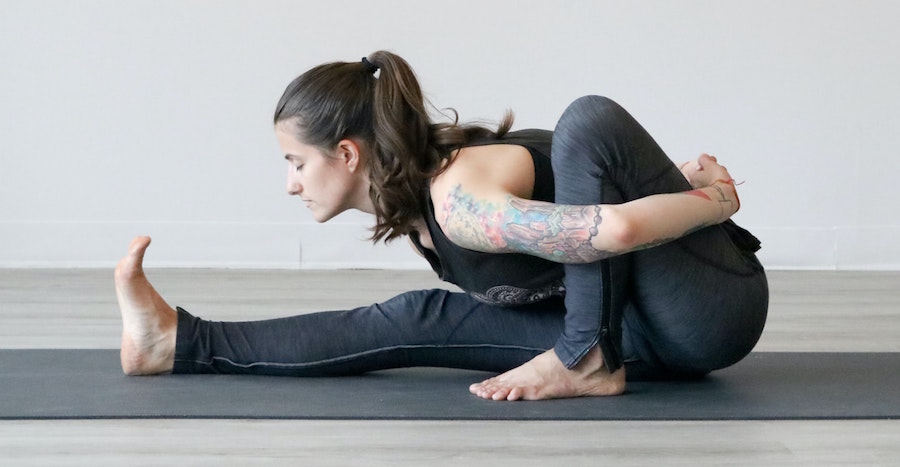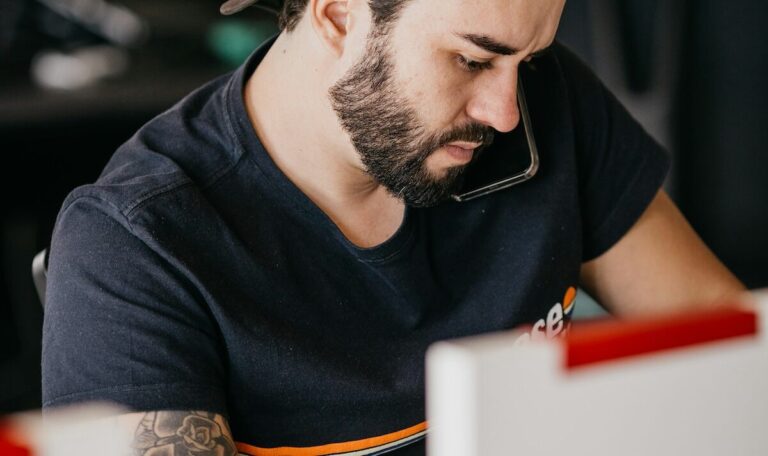
A lot of people worry about maintaining the integrity of a tattoo over the years if not decades to come. Our skin changes with time and a tattoo may indeed become worse for wear if consideration is not taken. One concern that people have is over the potential of a tattoo to stretch, which in turn may distort the design, result in a patchy appearance, and/or alter the general tone.
What can cause a tattoo to stretch? Significant weight gain over a short period of time as one may experience with pregnancy, but also from excessive eating or even unnatural (read: pharmaceutically-induced) muscle growth. Stretching of a tattoo may also occur as we age and skin begins to sag. Some events are controllable by our own actions but we still can answer your question by recommending parts of the body less vulnerable to notable changes in skin elasticity.
Helpful note: Skin elasticity is measured in kilopascal – kPa – a unit of pressure measurement.
5 Parts of the Body Which Are Prime for Tattoo Placement and Are More Resilient to Stretching
Lower Legs
When it comes to your lower extremity (hip to toes) you’ll want to avoid the buttocks and thighs, which can certainly experience dramatic growth as body fat composition takes a turn north. Skin below the knee (from calve to foot) is far less likely to lose elasticity, with the calves serving as a prime canvas for your new tattoo.
Ribs
While one of the most painful parts of the body to get a tattoo, the skin that envelopes the upper-side of your rib cage typically remains taut even when belly fat grows and/or begins to sag. It won’t be resilient to extreme obesity mind you, but we doubt that you have plans to go that route since you’re clearly (given that you’re asking) aware of the risk to your tattoo.
Upper Chest
In the introduction we referenced kPa as a way to measure skin elasticity. The higher the kPa the less elastic. A tattoo on a high kPa zone is therefore less vulnerable to stretching. For example, the average finger (a less common but stretch-free place to get a tattoo) has a kPa of 30.3 whereas the abdominal wall can have a low range kPa of just 3.5, and averages at 9.5 kPa.
While there can certainly be notable growth and stretching on especially obese individuals or on elderly women with larger breasts that begin to sag, the chest wall is considered to be low-elastic zone with a 17.8 kPa. Get a tattoo on your upper chest and you’ll have little long-term cause for concern.
Forearm
The forearm has a modest 14.8 kPa average, but it is not uncommon for the score to reach 26 kPa. For most individuals there will be little loss of elasticity in the skin surrounding the forearms despite lifestyle changes and the passage of time. Plus it’s a great spot on the body to get a tattoo!
Upper Back Region
The upper back region around the trapezius, below the neck, and around posterior deltoids all provide a stretch-free (for the most part) canvas. Even with significant weight gain, aging skin, or muscle growth the skin in this area keeps the same relative range of elasticity. This also gives you a lot of room to work with when you want to get a large tattoo.
A lot of the concern you may have about the loss of the integrity of your new tattoo can be removed with the right tattoo shop. Adrenaline studios offers nothing but the highest quality work. With the right aftercare you will have peace of mind that your tattoo design will “pop” for decades to come. Contact a studio near you today to schedule a consultation.


